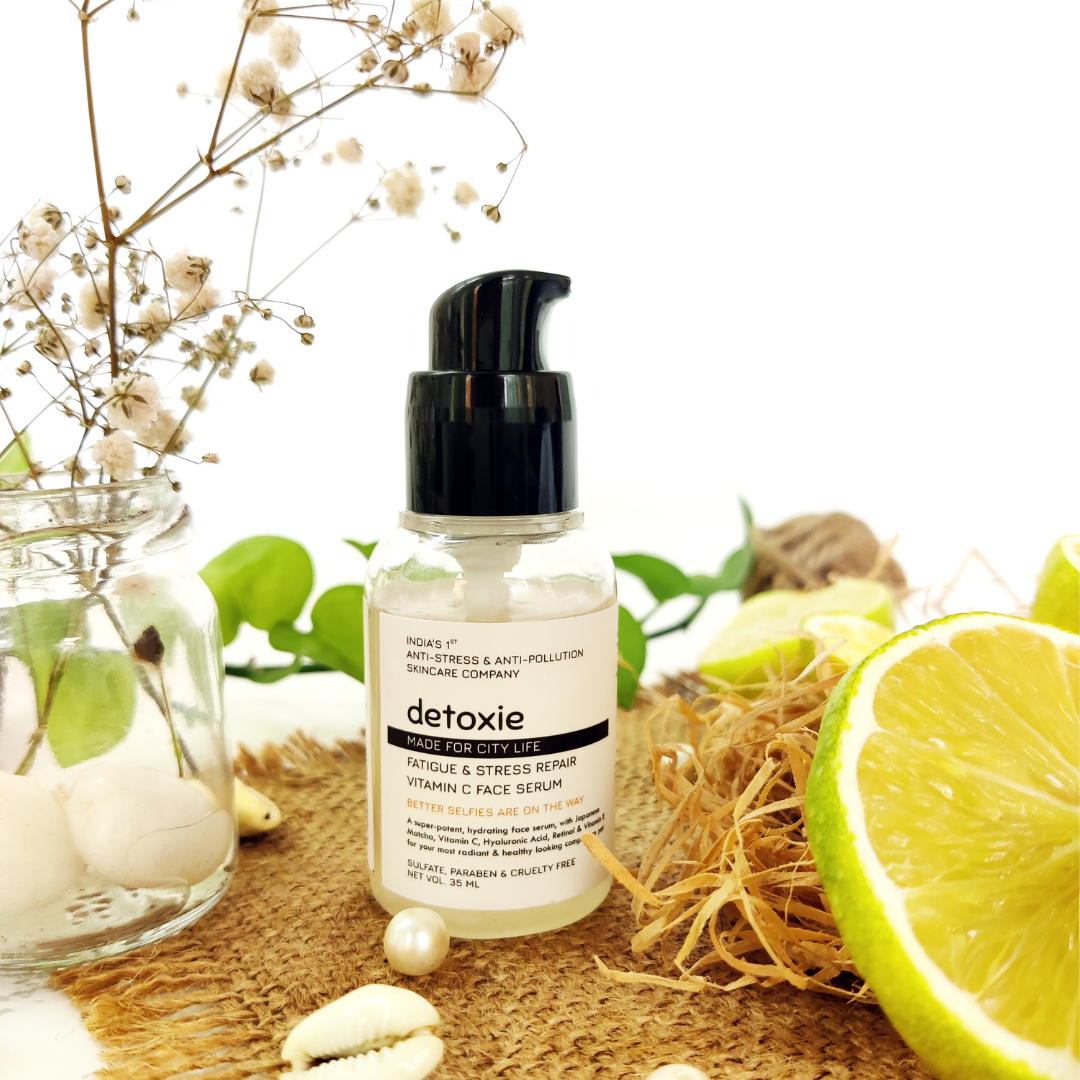The matcha revolution has taken the world by storm. Matcha is a type of powdered green tea packed with numerous health benefits. Weight loss, increased alertness, and detoxification are some of the reasons why most people love sipping a cup of matcha.
However, what gives matcha an edge over regular green tea is its high antioxidant content that is crucial for repairing the oxidative damage caused to our cells. Read on to find out why this particular type of green tea is a frontrunner in the world of antioxidants:
Why should matcha be your go-to antioxidant?
Antioxidants are essential for stabilizing the free radicals that may end up damaging the cells in our body and lead to chronic diseases. Every single leaf of matcha green tea is a powerhouse of antioxidants. It contains 137 times more antioxidants than regular green tea.
It is estimated that the Oxygen Radical Absorbance Capacity (ORAC) value of matcha tea is 1300 units per gram. This makes the antioxidant capacity of matcha tea 13 times higher than pomegranates and 15 times higher than blueberries. In other words, matcha is a superfood with the highest quantities of antioxidants.
Matcha tea contains an extremely high concentration of catechins, a specific type of antioxidant. It is also the most potent source of EGCG (epigallocatechin gallate), a type of catechin. 1 gm of matcha tea contains approximately 35 grams of EGCG.
EGCG helps to fight inflammation in your body and promotes cell repair. It also prevents the development of tumor cells and enhances detoxification of the body that protects you from conditions such as strokes, cardiovascular diseases, and arthritis.
It also promotes a smooth and radiant complexion by slowing down the signs of aging. The catechins in matcha tea are helpful in protecting the skin from harmful UV rays, reducing the risk of melanoma.
How is matcha different from regular green tea?
You may wonder how matcha is a richer source of antioxidants, given that matcha is just another type of green tea. The answer lies in the process of harvesting matcha.
The shrubs are shaded four weeks before harvesting to reduce the availability of sunlight by 90%. As a result, the leaves generate a higher amount of chlorophyll to compensate. This makes the tea leaves richer in antioxidants. The finest tea buds are then hand-picked, dried, and ground to a fine powder.
Since powdered matcha is mixed directly with hot water, you end up consuming a higher concentration of antioxidants compared to steeping regular green tea leaves in hot water and drinking it. A single cup of matcha will give you the same benefits as 10-15 cups of regular green tea. If you want to get a boost of antioxidants in your system, just a cup of matcha will do the trick.
The bottom line
Matcha is undoubtedly nutrition served in a cup. Apart from antioxidants, it is also a good source of proteins and amino acids that are vital for the proper functioning of our cells. So next time you need a little pick me up during the day, reach out for matcha.






